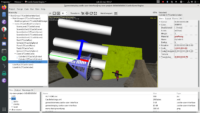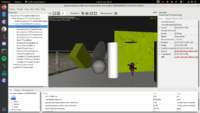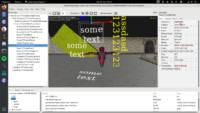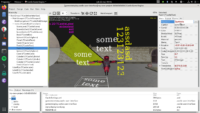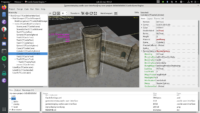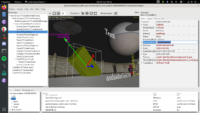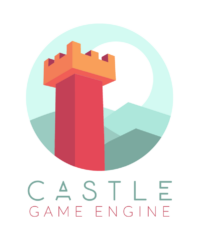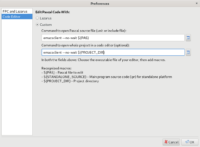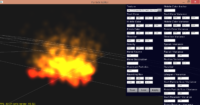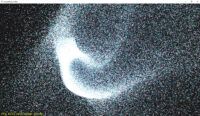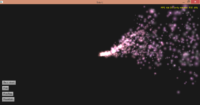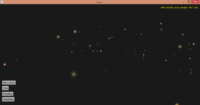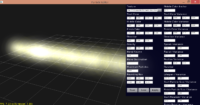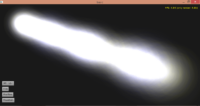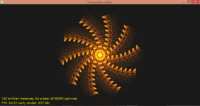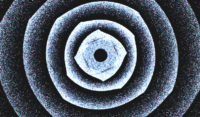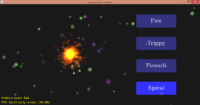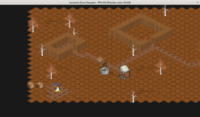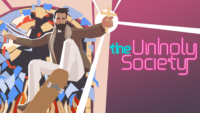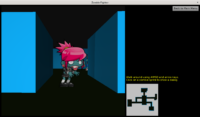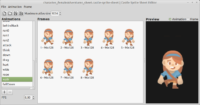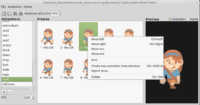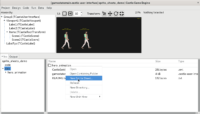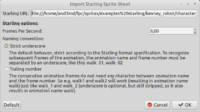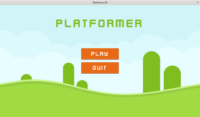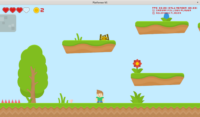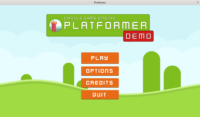 |
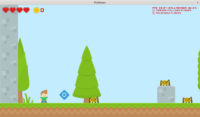 |
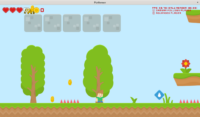 |
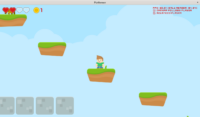 |
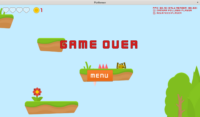 |
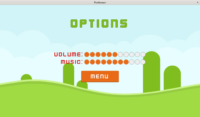 |
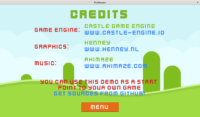 |
We have a big update to our examples/platformer demo. It is now a complete demo of a platformer game, with
- Level (and all UI) designed visually using CGE editor.
-
Sprites sheets designed using CGE editor and managed in
.castle-sprite-sheetformat (see sprite sheets docs). -
Full platformer gameplay. Player can move, jump, pick up a weapon, be hurt by enemies, be hurt by obstacles, collect things, die, finish the level. Extra jumps in the air are possible (check out Advanced player checkbox). Enemies move following a simple pattern.
-
Sound and music.
-
All UI states you expect from a usual game — main menu, options (with volume configuration), pause, credits, and of course the actual game.
It is actually super-playable and fun, just as a normal game, regardless if you want to learn CGE or not 🙂 So give it a try.
This is all thanks to Andrzej Kilijański work. We hope that this demo will be useful for everyone to see how to create games, and platformer games in particular, using all recent CGE features!
Minor fixes
- glTF import now handles arrays in glTF “extra” data correctly. This avoids warnings when loading a glTF exported from Blender, when the Blender mesh had shape keys defined.
-
The cause of “Calling UnAssociateNode on X3D node…” warning, that you could previously see, is fixed now. The underlying cause was fixed in this commit. The warning was signalling an actual problem (and if we make the same bug again, the warning will occur again, we also have automatic tests to check it).
-
The
Viewport.PositionToRayand similar methods have been improved in this commit to work OK, even if used early (before any resize/render event happened on this viewport).
Coming soon
-
Michalis is working since ~3 weeks now on a behaviors-and-fonts-in-editor branch that will introduce new features in editor: behaviors, fonts, sounds. It also has new sound API (nicer to visually design, but also just much simpler to manage from code — I have learned a lot how to make sound API properly 🙂 ). And FMOD spatial sounds. Once merged (in a few days — it’s nearly finished) I will describe it all in more detail, and make a showcase video.
-
Eugene Loza made a PR that allows CGE build tool to create Debian packages (deb). It’s in review (which means: waiting for Michalis 🙂 ) now. Once merged, you will be able to just create a Debian package, effortlessly, from all your CGE games!
-
Andrzej Kilijański is working on new shadow volume rendering code, to make it working on OpenGLES too (and in general use OpenGL in an optimal, modern way).
